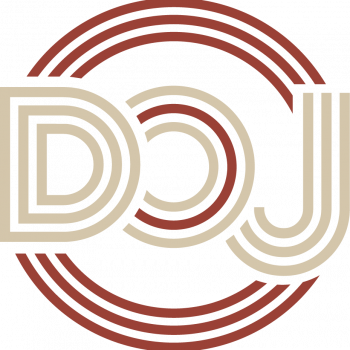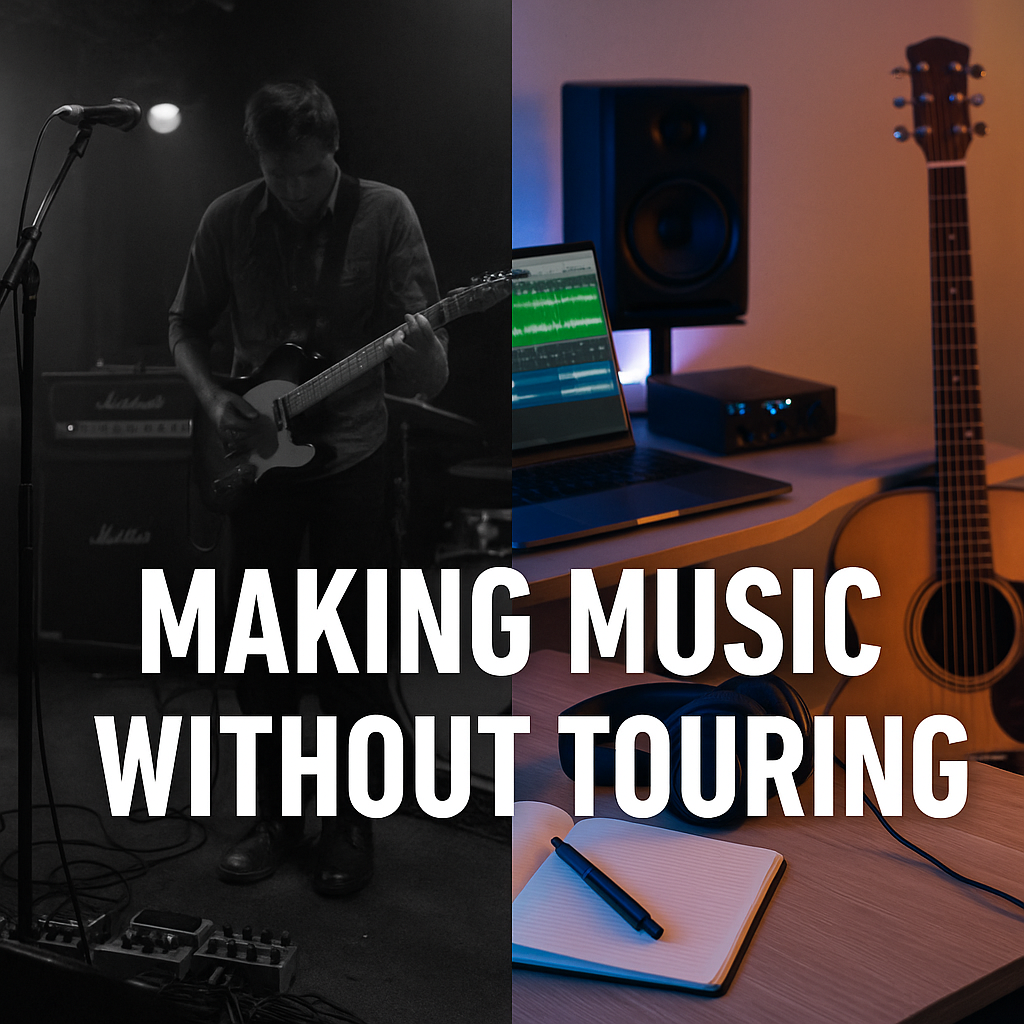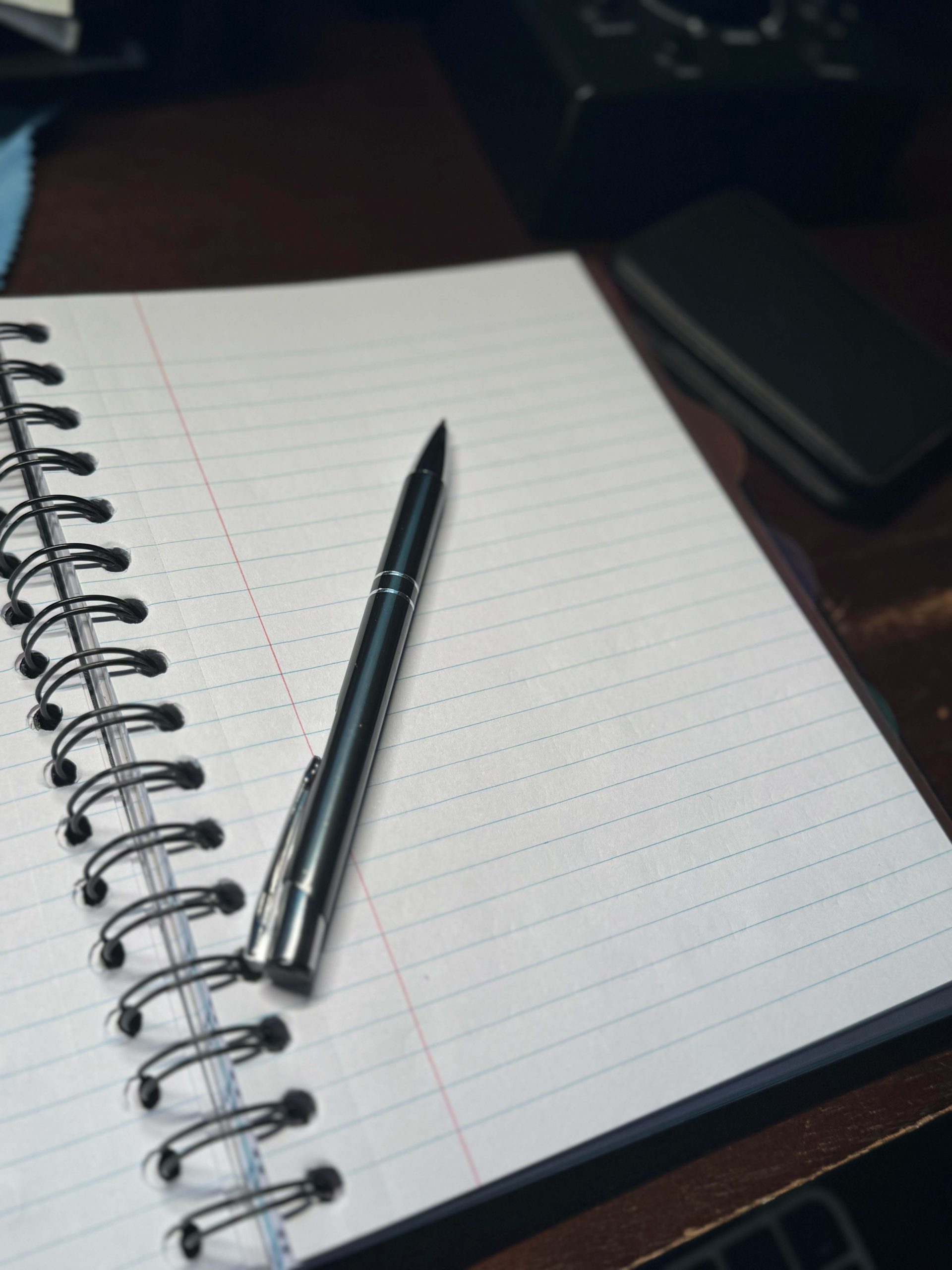Home Studio and Recording
Recording music at home doesn’t have to drain your wallet or require a perfect space. With a few smart gear choices and a willingness to experiment, you can capture professional-quality tracks from a spare bedroom or even a living room corner. I started out with nothing more than an iMac, Garage Band a Scarlett 2i2, an SM57, and some headphones. Over time, my setup has evolved into a space that feels both creative and comfortable.
In this section, you’ll find tips for beginners just getting started, affordable gear recommendations, and lessons learned from my own evolving studio, proof that you can make great music without breaking the bank.

Recording in Your Home Studio
Making Music Where Life Happens
Why a Home Studio?
For years, music meant hauling gear into smoky bars, rehearsal spaces, and dingy basements, which most likely had a Pittsburgh Potty (it’s a thing, Google it). Today, the music happens at home. A home studio isn’t just about microphones and software; it’s about creating a space where inspiration can show up at 10 PM or early in the morning with a cup of coffee after he kids leave for school
Down on Jane is about rediscovering creativity in your 40s, and the home studio is where that creativity lives now.
My Home Recording Journey
I started simply with my Fender Lead, my Stratocaster, an acoustic guitar, a basic interface, and GarageBand. Over time, the setup grew: better mics, better monitors, pedals, plugins, amps, and more guitars. But the truth is, it’s never been about expensive gear. It’s about capturing ideas while they’re fresh and turning them into something real.
Recording at home is part nostalgia, part necessity. It connects me to the way we used to record on four-tracks, while giving me the freedom to experiment without watching the clock.
What You’ll Find Here
This section of Down on Jane is about sharing what I’ve learned (and am still learning) about home studio recording:
- Gear reflections – what’s essential, what’s not, and how to get started without breaking the bank.
- Recording tips – how to make songs sound full in a small space.
- Creative process – using recording not just to produce music, but to spark new ideas.
- Stories from the studio – the mistakes, happy accidents, and lessons learned along the way.
Why It Matters
A home studio isn’t just a technical setup; it’s a lifeline to creativity. Recording at home keeps me connected to music and writing, but it also keeps my brain working, my hands busy, and my spirit sane. It’s where songs turn into memories, and memories turn into new songs.
Join the Journey
If you’re building your own home studio, or just curious about recording in midlife, you’ll find reflections, tips, and plenty of trial-and-error here. Subscribe to follow along and maybe share your own stories. I’d love to hear them.
Home Studio Stories
Behind every track is a story about the gear, the mistakes, the experiments, and the lessons learned along the way. These posts share the journey of recording at home and keeping creativity alive.



